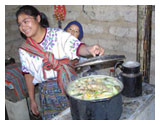Fuels
Submitted by Erin Rasmussen on
Often, cooking stoves solutions are limited by the type of fuel that is readily available to the people using it. This is a quick introduction to various cooking fuels, and all of the information has been generously shared by stoves list participants.
 Wood and Wood Chips Wood and Wood Chips |
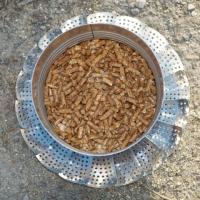 Pellet Fuels (Wood and Other) Pellet Fuels (Wood and Other) |
 Paper Paper |
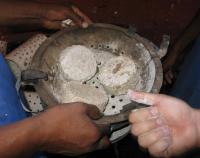 Biomass Briquettes Biomass Briquettes |
 Stick Wood Stick Wood |
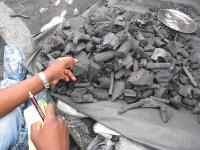 Charcoal Charcoal |
 Grass and Straw Grass and Straw |
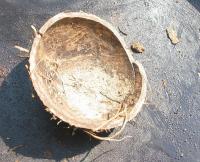 Coconut Palm and Husk Coconut Palm and Husk |
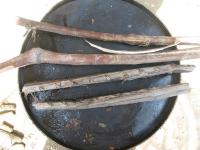 Palm Fronds Palm Fronds |
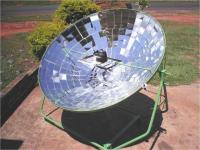 Solar Stoves Solar Stoves |
Light introduction to energy scale and efficiency rate
The amount of energy available in a given fuel, is an important factor in stove selection. For example, one Kilogram’s of charcoal is equivalent to 2 kilogram’s of dried wood and 4 kilogram’s of wet/freshly cut wood. One Kilogram of Kerosene is equivalent to over 5 Kgs of wet wood, 3 Kgs of dried wood and 1,5 Kgs of charcoal
| Energy Value of Various Fuels | |
|---|---|
| Description | Heating Value (MJ/kg) |
| Wet Firewood (60% moisture content) | 8 |
| Cow Dung | 10 |
| Tree Residues (twigs, leaves, etc.) | 13 |
| Agricultural Residues (straw, cotton stalks, etc.) | 13 |
| Air Dried Firewood (20% moisture content) | 15 |
| Densified Briquettes (wheat straw, rice husks, bagasse, etc.) | 16 |
| Oven Dried Firewood (10% moisture content) | 20 |
| Peat | 21 |
| Charcoal | 28 |
| Charcoaled Briquettes | 30 |
| Kerosene | 44 |
| Biogas | 45 |
| Liquid Propane Gas | 46 |
(Fuel values from the UNJLC Cooking Fuel Help Doc (pdf) )
For a more technical presentation, also see the Fuel Composition-Conversion and Equivalence Ratio Diagrams
- Read more about Fuels
- Log in to post comments
